#livestock
Text
I will write this thought about Veganism and Classism in the USA in another post so as to not derail the other thread:
There are comments in the notes that say meat is only cheaper than plant based foods because of subsidies artificially lowering the price of meat in the United States. This is...part of the story but not all of it.
For my animal agriculture lab we went to a butcher shop and watched the butcher cut up a pig into various cuts of meat. I have had to study quite a bit about the meat industry in that class. This has been the first time I fully realized how strongly the meat on a single animal is divided up by socioeconomic class.
Like yes, meat cumulatively takes more natural resources to create and thus should be more expensive, but once that animal is cut apart, it is divided up between rich and poor based on how good to eat the parts are. I was really shocked at watching this process and seeing just how clean and crisp an indicator of class this is.
Specifically, the types of meat I'm most familiar with are traditionally "waste" parts left over once the desirable parts are gone. For example, beef brisket is the dangly, floppy bit on the front of a cow's neck. Pork spareribs are the part of the ribcage that's barely got anything on it.
And that stuff is a tier above the "meat" that is most of what poor people eat: sausage, hot dogs, bologna, other heavily processed meat products that are essentially made up of all the scraps from the carcass that can't go into the "cuts" of meat. Where my mom comes from in North Carolina, you can buy "livermush" which is a processed meat product made up of a mixture of liver and a bunch of random body parts ground up and congealed together. There's also "head cheese" (made of parts of the pig's head) and pickled pigs' feet and chitlin's (that's made of intestines iirc) and cracklin's (basically crispy fried pig skin) and probably a bunch of stuff i'm forgetting. A lot of traditional Southern cooking uses basically scraps of animal ingredients to stretch across multiple meals, like putting pork fat in beans or saving bacon grease for gravy or the like.
So another dysfunctional thing about our food system, is that instead of people of each socioeconomic class eating a certain number of animals, every individual animal is basically divided up along class lines, with the poorest people eating the scraps no one else will eat (oftentimes heavily processed in a way that makes it incredibly unhealthy).
Even the 70% lean ground beef is made by injecting extra leftover fat back into the ground-up meat because the extra fat is undesirable on the "better" cuts. (Gross!)
I've made, or eaten, many a recipe where the only thing that makes it non-vegan is the chicken broth. Chicken broth, just leftover chicken bones and cartilage rendered and boiled down in water? How much is that "driving demand" for meat, when it's basically a byproduct?
That class really made me twist my brain around about the idea of abstaining from animal products as a way to deprive the industry of profits. Nobody eats "X number of cows, pigs, chickens in a lifetime" because depending on the socioeconomic class, they're eating different parts of the animal, splitting it with someone richer or poorer than they are. If a bunch of people who only ate processed meats anyway abstained, that wouldn't equal "saving" X number of animals, it would just mean the scraps and byproducts from a bunch of people's steaks or pork chops would have something different happen to them.
The other major relevant conclusion I got from that class, was that animal agriculture is so dominant because of monoculture. People think it's animal agriculture vs. plant agriculture (or plants used for human consumption vs. using them to feed livestock), but from capitalism's point of view, feeding animals corn is just another way to use corn to generate profits.
People think we could feed the world by using the grain fed to animals to feed humans, but...the grain fed to animals, is not actually a viable diet for the human population, because it's literally just corn and soybean. Like animal agriculture is used to give some semblance of variety to the consumer's diet in a system that is almost totally dominated by like 3 monocrops.
Do y'all have any idea how much of the American diet is just corn?!?! Corn starch, corn syrup, corn this, corn that, processed into the appearance of variety. And chickens and pigs are just another way to process corn. That's basically why we have them, because they can eat our corn. It's a total disaster.
And it's even worse because almost all the USA's plant foods that aren't the giant industrial monocrops maintained by pesticides and machines, are harvested and cared for by undocumented migrant workers that get abused and mistreated and can't say anything because their boss will tattle on them to ICE.
8K notes
·
View notes
Text
7K notes
·
View notes
Text
"Marginal improvements to agricultural soils around the world would store enough carbon to keep the world within 1.5C of global heating, new research suggests.
Farming techniques that improve long-term fertility and yields can also help to store more carbon in soils but are often ignored in favor of intensive techniques using large amounts of artificial fertilizer, much of it wasted, that can increase greenhouse gas emissions.
Using better farming techniques to store 1 percent more carbon in about half of the world’s agricultural soils would be enough to absorb about 31 gigatons of carbon dioxide a year, according to new data. That amount is not far off the 32 gigaton gap between current planned emissions reduction globally per year and the amount of carbon that must be cut by 2030 to stay within 1.5C.
The estimates were carried out by Jacqueline McGlade, the former chief scientist at the UN environment program and former executive director of the European Environment Agency. She found that storing more carbon in the top 30 centimeters of agricultural soils would be feasible in many regions where soils are currently degraded.
McGlade now leads a commercial organization that sells soil data to farmers. Downforce Technologies uses publicly available global data, satellite images, and lidar to assess in detail how much carbon is stored in soils, which can now be done down to the level of individual fields.
“Outside the farming sector, people do not understand how important soils are to the climate,” said McGlade. “Changing farming could make soils carbon negative, making them absorb carbon, and reducing the cost of farming.”
She said farmers could face a short-term cost while they changed their methods, away from the overuse of artificial fertilizer, but after a transition period of two to three years their yields would improve and their soils would be much healthier...
Arable farmers could sequester more carbon within their soils by changing their crop rotation, planting cover crops such as clover, or using direct drilling, which allows crops to be planted without the need for ploughing. Livestock farmers could improve their soils by growing more native grasses.
Hedgerows also help to sequester carbon in the soil, because they have large underground networks of mycorrhizal fungi and microbes that can extend meters into the field. Farmers have spent decades removing hedgerows to make intensive farming easier, but restoring them, and maintaining existing hedgerows, would improve biodiversity, reduce the erosion of topsoil, and help to stop harmful agricultural runoff, which is a key polluter of rivers."
-via The Grist, July 8, 2023
#agriculture#sustainable agriculture#sustainability#carbon emissions#carbon sequestration#livestock#farming#regenerative farming#native plants#ecosystems#global warming#climate change#good news#hope
4K notes
·
View notes
Text

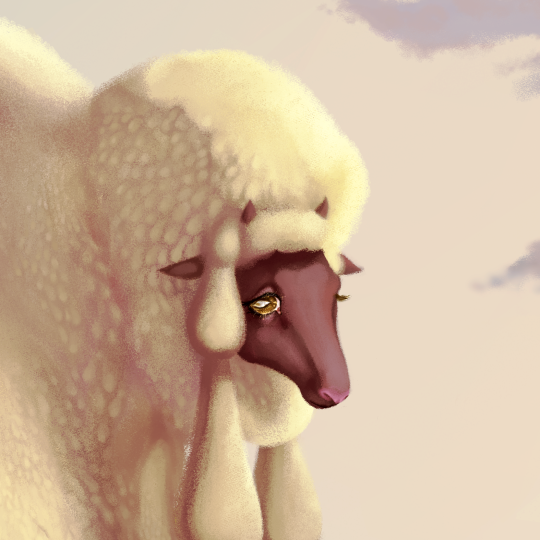

🐑 Wooloo Appears! 🐑
I finally got around to my 19th Century Livestock Pokemon Portraits! I started these a year ago with my Miltank 🐄 portrait, and I'm so glad I've finished this second piece. I think it turned out real nice. Gonna do and Emboar 🐖 and a Tauros 🐂 also!
Sorry for the lack of activity this year, but I'm feeling more creative now so there will be things to look forward to from me I think :)
I will put this up on my society6 so if anyone wants this on their wall or on a mug or something you'll be able to!
Here's my Miltank also~

594 notes
·
View notes
Text

#rural america#rural Appalachia#appalachia#virginia#1950s#vintage photography#cow#livestock#abandoned#abandoned farmhouse#in the country#photography#not my photo
264 notes
·
View notes
Text
I'm working on the livestock chapter of Carcass now, specifically the subsection on waste. Here is a study about how about one-quarter of the animals raised and killed for meat in the sample year of 2019 were never even eaten.
149 notes
·
View notes
Text
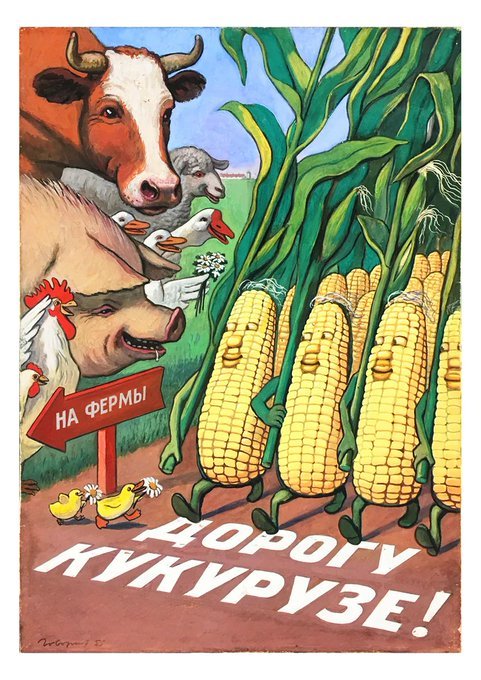
'Make way for corn!'
Soviet poster showing an army of corn marching to the farm whilst farm animals wave and salute (c. 1950). Artwork by Viktor Govorkov.
#vintage poster#1950s#Viktor Govorkov#corn#farming#soviet union#russian#ussr#livestock#animals#farm#food
72 notes
·
View notes
Photo
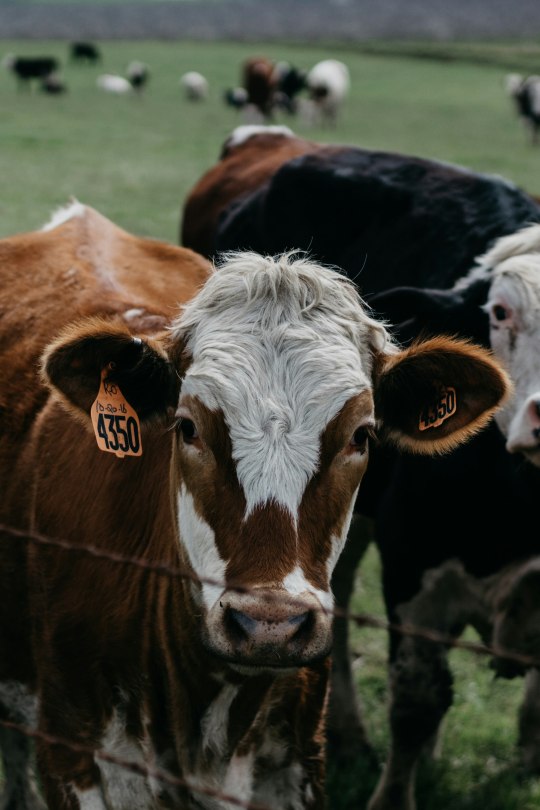
Credit: Harry Hundal
#cow#cattle#bovine#farm#ranch#herd#tag#rancher#cowboy#western#agriculture#livestock#pasture#dairy#beef#farmer#farmstead#homestead#land#farmland#feedlot#dairy farming#rurual#countryside#rustic#cattle ranch
142 notes
·
View notes
Text
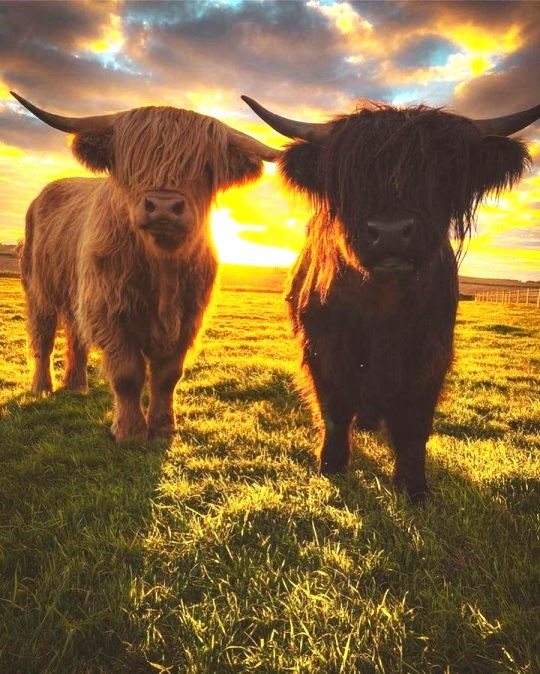
Tummies are full after a long day of grazing in the Scottish Highlands
#Highland cattle#Scottish Highlands#Scottish countryside#UK#sunset#scenery#rural britain#summertime#photography#landscape#beautiful places#farm animals#pasture#livestock
70 notes
·
View notes
Text
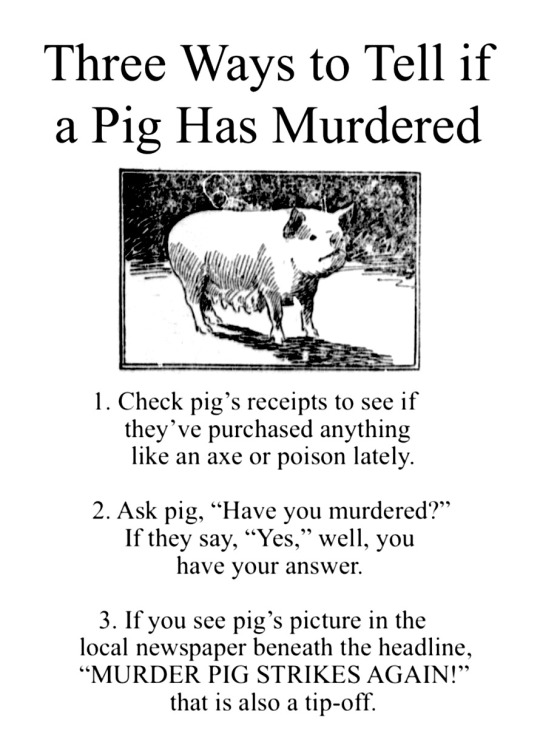
474 notes
·
View notes
Text
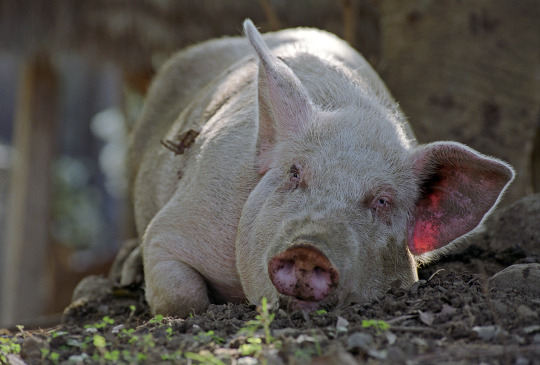
Indonesia, 2002
Bali, Indonesia.
インドネシア バリ島
Photography by Michitaka Kurata
#indonesia#bali#pig#livestock#lie down#glare#photography#photographers on tumblr#color film#color negative film#negative film#film#35mm#35mm film#fujifilm#nikon#2002#インドネシア#バリ#バリ島#豚#家畜#寝そべる#睨み#伏せ#ネガフィルム#カラーフィルム#カラーネガ#カラーネガフィルム#カラー写真
55 notes
·
View notes
Text
462 notes
·
View notes
Text
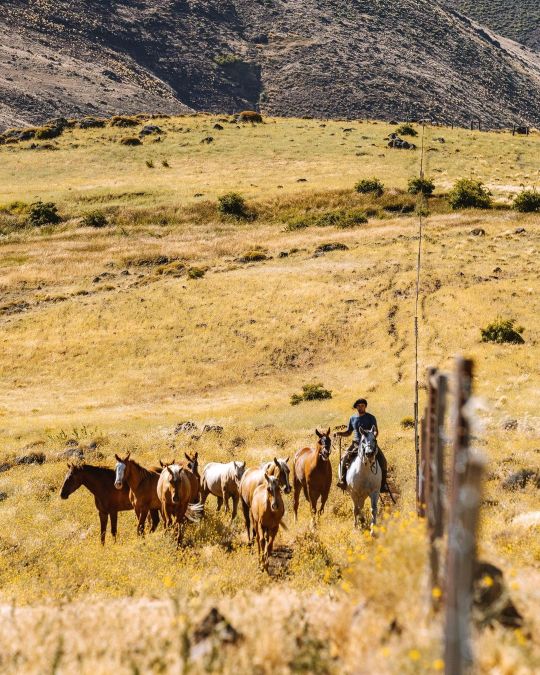
©dellpickles
#keep it wild#live free#stay wild#ranch life#frontier#american west#western lifestyle#survival#off the grid#rancher#horses#livestock
203 notes
·
View notes
Photo


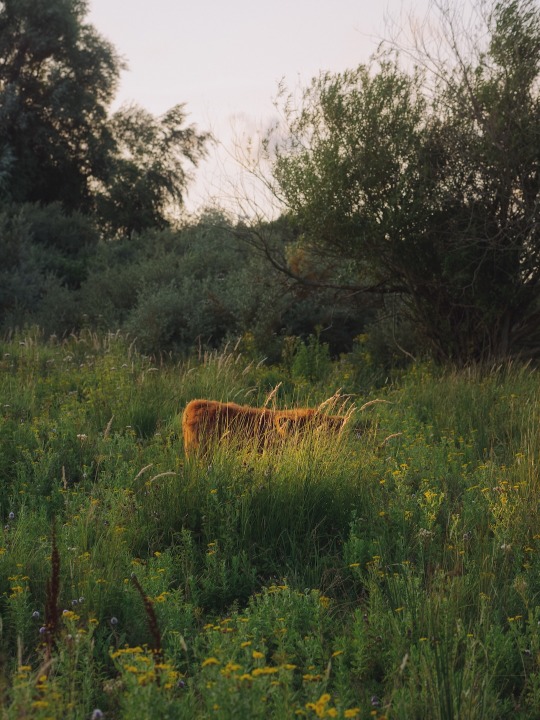

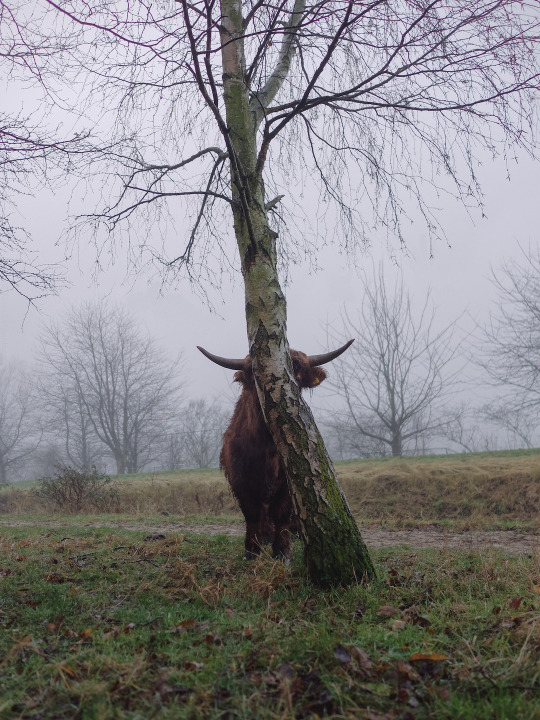
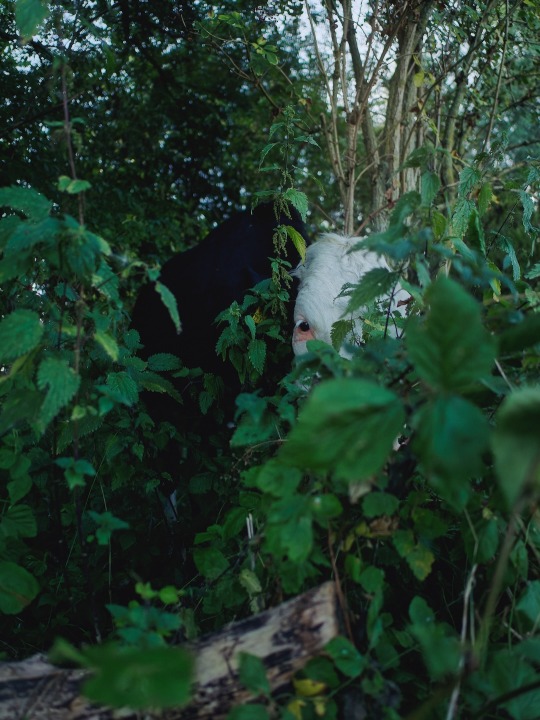

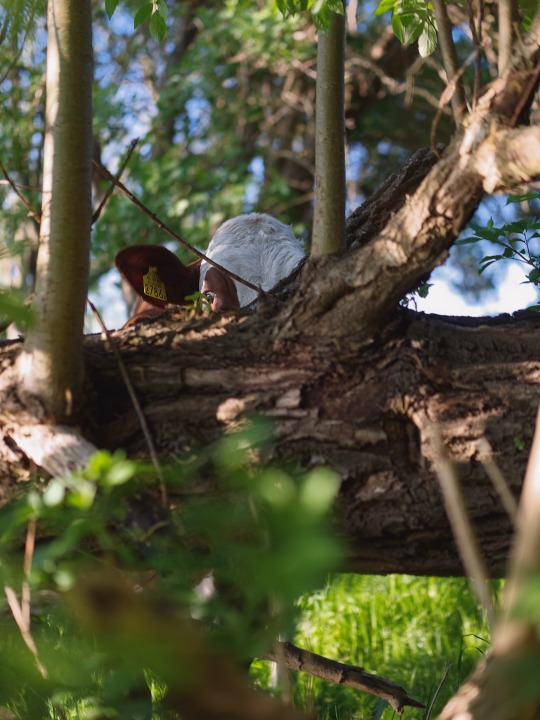


Hide and Seek 2022.
Some cowmooflage and peekamoo moments from our games from the past year.
Previous series:
2016, 2017, 2018, 2019, 2020, 2021
#Animals#Photographers on Tumblr#Cow#Nature#Cows#Hide and Seek#Peekaboo#Peekamoo#Cowmooflage#Calf#Highland Cow#Bull#Bovine#Camouflage#Panda#Livestock#2022
1K notes
·
View notes
Text
A recent study has found it is currently “not feasible” for the global livestock industry to sequester enough carbon to cancel out its planet-warming emissions — and that policy efforts geared toward that goal may be deeply misguided.
The study, which was published in the journal Nature Communications, shows that 135 gigatons — or 135 billion metric tons — of carbon would need to be returned to soils to balance out the amount of methane emitted annually by ruminants like cattle, sheep, bison, and goats. That would be an unthinkable task, said Peter Smith, a co-author of the study and Chair of Plant and Soil Science at the University of Aberdeen in the United Kingdom. 135 gigatons is roughly equal to all the carbon lost due to agriculture over the past 12,000 years. We could completely rewild much of the planet and still not quite get there.
“It’s a nail in the coffin for the suggestion that carbon sequestration can offset the methane emissions” of livestock, Smith said. “The overblown claims by the livestock industry, that you don’t need to worry about anything because we’re sucking up all carbon, we’re doing a climate-positive job — that’s just bullshit.”
[...]
That’s not to say that any use of cattle in agriculture is inherently problematic. Research has convincingly demonstrated that integrating ruminants into pastures and croplands really can help to sequester more CO2 in some circumstances. “Study after study after study after study has shown that one of very few agricultural systems that sequester carbon are pasturelands,” said Nicole Tautges, director of the Agroecology Program at the Michael Fields Agricultural Institute in East Troy, Wisconsin.
However, as herds become more dense, methane and nitrous oxide emissions can quickly override the potential climate benefits. As Waginen University’s Corina E. van Middelaar, a co-author on the study, put it, “the emissions that you get from having more animals on that plot of land outweigh the additional carbon sequestration.”
According to the Nature analysis, even the most ideal conditions can only support about one cow per hectare of land, about the average density of grazing animals in Europe. That figure was reached assuming cattle emit less than 100 pounds of methane annually on land with abundant carbon storage potential, conditions that “actually hardly exist,” van Middelaar said. The real world is likely to be much more unforgiving, with higher-emitting animals often raised on land with lower sequestration capacity.
To make matters worse, it’s believed that most farmland can only store a finite amount of carbon — meaning even very well-managed pastures can max out their sequestration potential over time. At the same time, bad management decisions, like allowing cattle to overgraze or compact soil too much with their hooves, can easily reverse those gains.
The inevitable conclusion, van Middelaar said, is that “we should move to systems with less animals to begin with.” Raising fewer ruminants would make it more possible to bring methane emissions and soil carbon levels into better balance, Smith said.
77 notes
·
View notes
Text
Greek vocabulary of common farm animals (livestock)
For no reason whatsoever. Let’s go!
Cow - η αγελάδα - i ayeláða
Bull - ο ταύρος - o távros (yep it’s Taurus)
Ox - το βόδι - to vóði
Calf - το μοσχάρι - to moshári (mos-HA-ree)
Cattle (in general, plural) - τα Βοοειδή - ta vooiðí (vo-o-ee-THEE)
Sheep - το πρόβατο - to próvato
Lamb - το αρνί - to arní
Lamb - ο αμνός - o amnós (scientific and biblical)
Lamb / Young sheep - το ζυγούρι - to ziɣúri
Ewe - η προβατίνα - i provatína
Ram - ο κριός / το κριάρι - o kriós / to kriári
Goat - το κατσίκι / το γίδι - to katsíki / to yíði
Doe - η κατσίκα / η γίδα - i katsíka / i yíða
Doe (archaic) - η αίγα - i éɣa
Buck - ο τράγος - o tráɣos
Kid - το ερίφιο / το κατσικάκι - to erífio / to katsikáki
Pig - το γουρούνι - to ɣurúni
Pig - ο χοίρος - o híros
Gilt / Sow - η γουρούνα / η σκρόφα - i ɣurúna / i skrófa (! Both can also be used as swear words !)
Boar - ο κάπρος - o kápros
Piglet - το γουρουνάκι - to ɣurunáki
For birds, check this post.
Notes:
ð is the voiced dental fricative (th in mother)
ɣ is the voiced velar fricative (kinda like French and Germans saying rrrrr)
#Greek#languages#modern Greek#animals#language stuff#langblr#linguistics#language learning#Greek language#livestock#Greek facts
101 notes
·
View notes